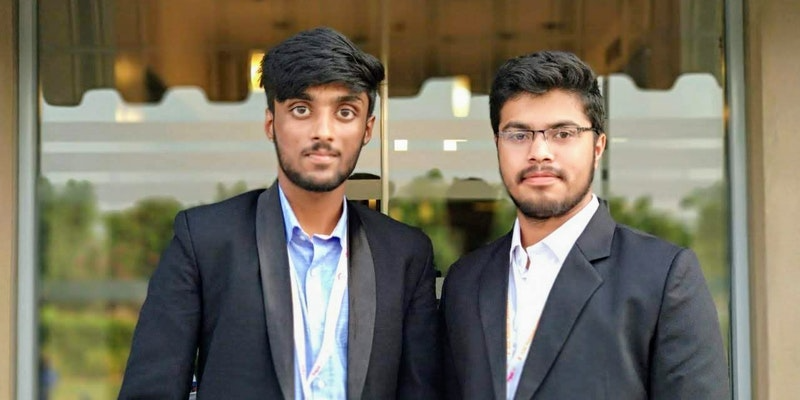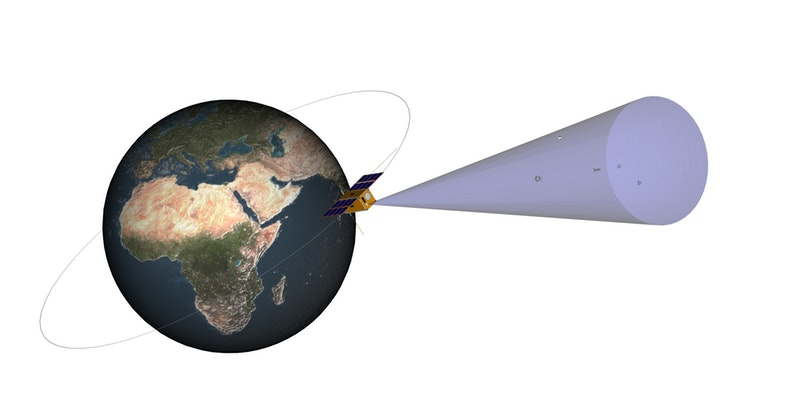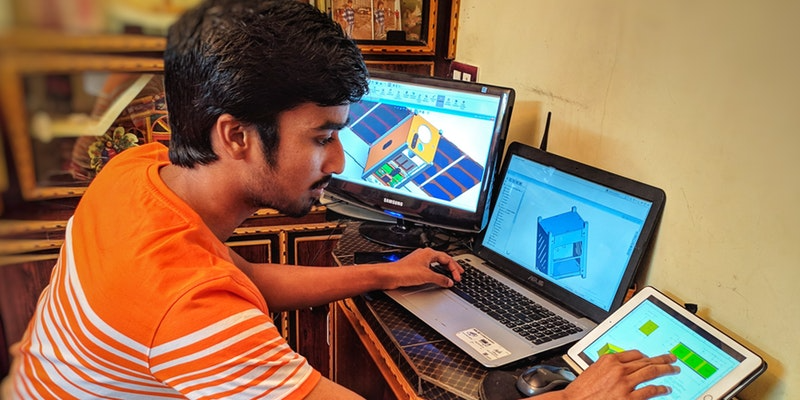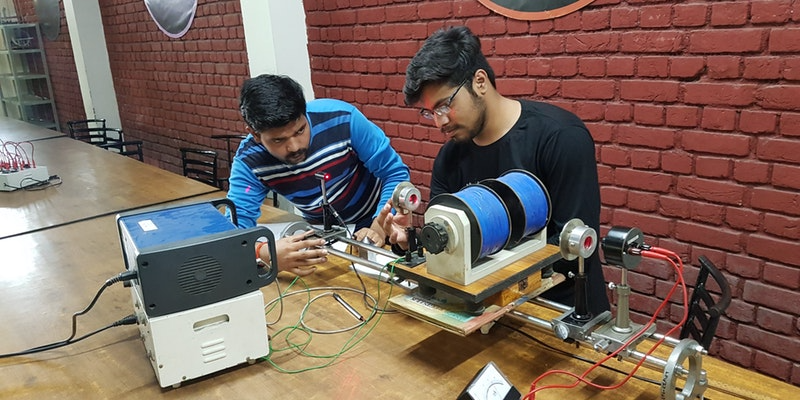Just like Arjun whose only focus was eyes of fish simultaneously DRT’s focus lies in mapping the space debris with precision FOR SPACE.
Lovely Professional University has been making a mark all around by ground-breaking inventions it has done its part. We have seen innovations like ZORoute – Cheapest One Way Intercity Taxi” to 100 % eco-friendly paint made from plant-based material but that’s not all. “2U CubeSat” has been the latest innovations by LPU research scholars with an aim to get rid of the space debris as small as 5 centimetres, which is equipped with laser ranger finder that maps and analyses the debris.
In collaboration with Lovely Professional University, Digantara Research and Technologies, being a brainchild of Anirudh Sharma and Rahul Rawat, has taken strides in leaps and bounds to overcome 10,000 bits of Debris from Space through “2U CubeSat – Orbit Space Debris Monitor”. The DRT team consists of Sai Ganesh (23) who is the lead scientist and mission architect. Sikindar Vatturi (21), a mechanical engineering graduate from LPU is the chief designer and engineer. Tanveer Ahmed, a 21-year-old aerospace engineering student from RV College of Engineering who joined later is now leading the technical command of the company as CTO.

DRT wanted the space collision-free because debris zooming past at velocity 27,400 km/hr can bring difficulties for satellites, spacewalkers and etc. To overcome it, Orbit Space Debris Monitor using light detection and ranging technology can effectively detect and map space debris as small as 5 centimeters just like in Google Maps we can detect the traffic. The beauty of this CubeSat is that it can integrate with any satellite or vehicles to overcome the collisions.

2U CubeSat – Orbit Space Debris Monitor is a culmination of hardware & software-based system. Flight based laser and sensor system works a hardware tackling debris coming its way whereas in software it’s the algorithm with the help of which it collects the raw data from the flight based laser and sensor system which is then processed into a debris map becoming useful for operational support, rapid orbital determination and ongoing orbit awareness.

When an object is tracked initially, the exact location of the coordinates and time are noted. After that this data is matched with existing data that are present in the database of space objects. If the data is matched, it is then put into the category of already identified objects. If the data is absent, then it is considered as new debris to be tracked.
According to Anirudh the co-founder, “In addition to the Orbit Space Debris Monitor, they also have a set of ground stations that are currently working on to convert into a network. The data will be centralized on our servers. Based on user requirements, real-time data can be accessed by the users.”
No mission can culminate in success without a source of funds. DRT also successfully generated 6 lakhs in revenue in 2019.


















